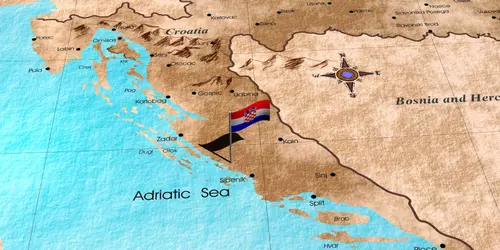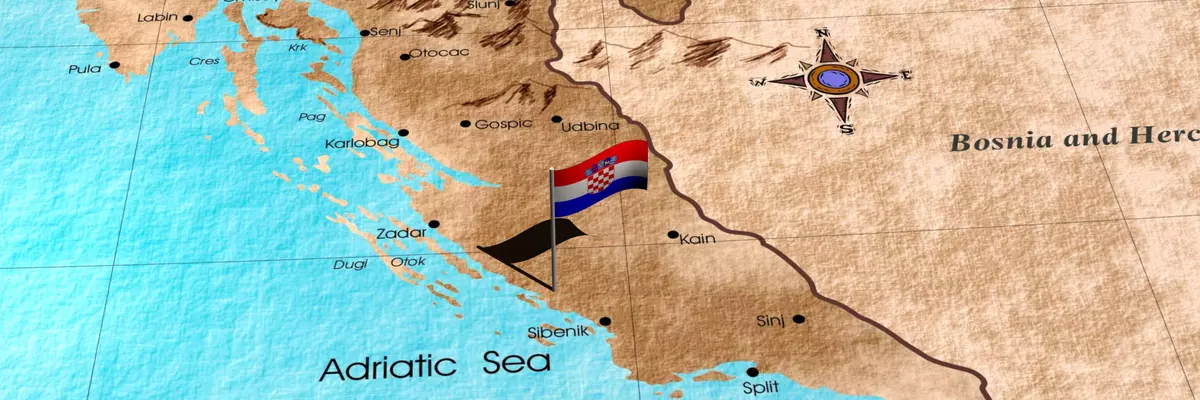The climate year of Croatia
The possibilities for vacationers in Croatia are not only swimming in the Adriatic Sea, but Croatia has a wonderful nature with mountains for hiking and climbing peaks, cycling far from the tourist bustle and paragliding. The climate in the interior or northeast of Croatia is continental and the average monthly temperatures in summer are about 26 degrees, in winter about 2 degrees with little precipitation. On the coast, the climate is Mediterranean with sunny and dry summers around 35 degrees, winters are rainy but warm on average 10 degrees. Occasionally, very strong downdrafts (bora) occur on the coast. A total of 1246 islands belong to Croatia, but only 47 are inhabited.
General information about Croatia
In central Croatia between the rivers Sava, Drava and Mura, the visitor gets to know the continental character of the country. That is, flat valleys with hills on which vineyards and deciduous forests grow and medieval fortresses stand. If you have always wanted to experience a summer vacation without the heat and bustle of the beach, Croatia is just the place. Here you will use bike paths of the former Roman legions that marched through Croatia. Find cold water springs and soothing thermal waters, health resorts and places of pilgrimage, romantic castles and country palaces, and don't forget traditional food and Croatian wines. Nature is still present in central Croatia and invites you to camp. Numerous routes are also prepared for horseback riders and those who want an even more active vacation can try parachuting, paragliding and rafting on the rivers with rapids. Canoeing also has a centuries-old tradition and the "trupice" (canoes) are still used today. They are used for fishing or for excursions to various places of interest.
Tourism Croatia
Croatia has three different landscapes, each with its own climate. In the Pannonian Plain, consisting of lowlands with the rivers Sava and Drava flowing to the Danube, there is a predominantly temperate continental climate. In the Croatian hill country, the Dinaric Mountains, there is a mountain climate. It consists of the Lika and Krbava high valleys, the Gorski Kotar mountain range between Rijeka and Karlovac, and the Velebit mountain range. The third region, with a Mediterranean climate, is the coastal region on the Adriatic Sea. Overall, the months of June to September have the best bathing weather, with 9 to 11 hours of sunshine and only 5 to 6 rainy days per month, and here the average maximum temperatures rise to 29 to 30 degrees.





